Stone's JFK hit theaters in 1991 and sent shockwaves through Washington and the corporate media because it was a compelling cinematic counter-myth to the equally fantastical Warren Report.
The Praetorian Guards of the establishment in the halls of power and press met the film with ferocity as they set out to debunk and defang it, because it directly challenged their narrative and thus their authority. They failed. JFK was nominated for eight Academy Awards and brought in over $200 million at the box office. More importantly, though, it broke the spell of public indifference and somewhat loosened establishment obstruction with regard to JFK's assassination.
In the film's wake, the President John F. Kennedy Assassination Records Collection Act of 1992 was passed, and the Assassination Records Review Board set up and funded.
Comment: And which was supposed to release the files by 'no later than 25 years later', i.e. in 2016. But the Trump administration delayed it twice, citing 'national security'. Just last week, the Biden administration further delayed its release to 2022, citing 'the Covid pandemic'...
Now, some 30 years later, Oliver Stone is back, this time with a documentary streaming on Showtime, JFK Revisited: Through the Looking Glass, which sticks its thumb in the eye of those who mindlessly espouse the 'official' story of JFK's assassination as the truth.

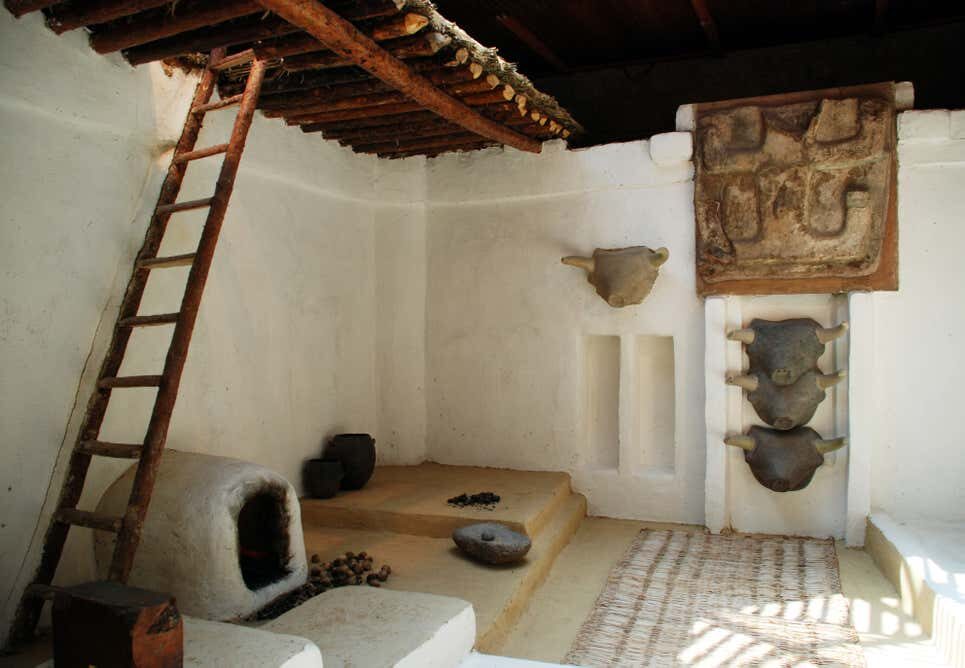

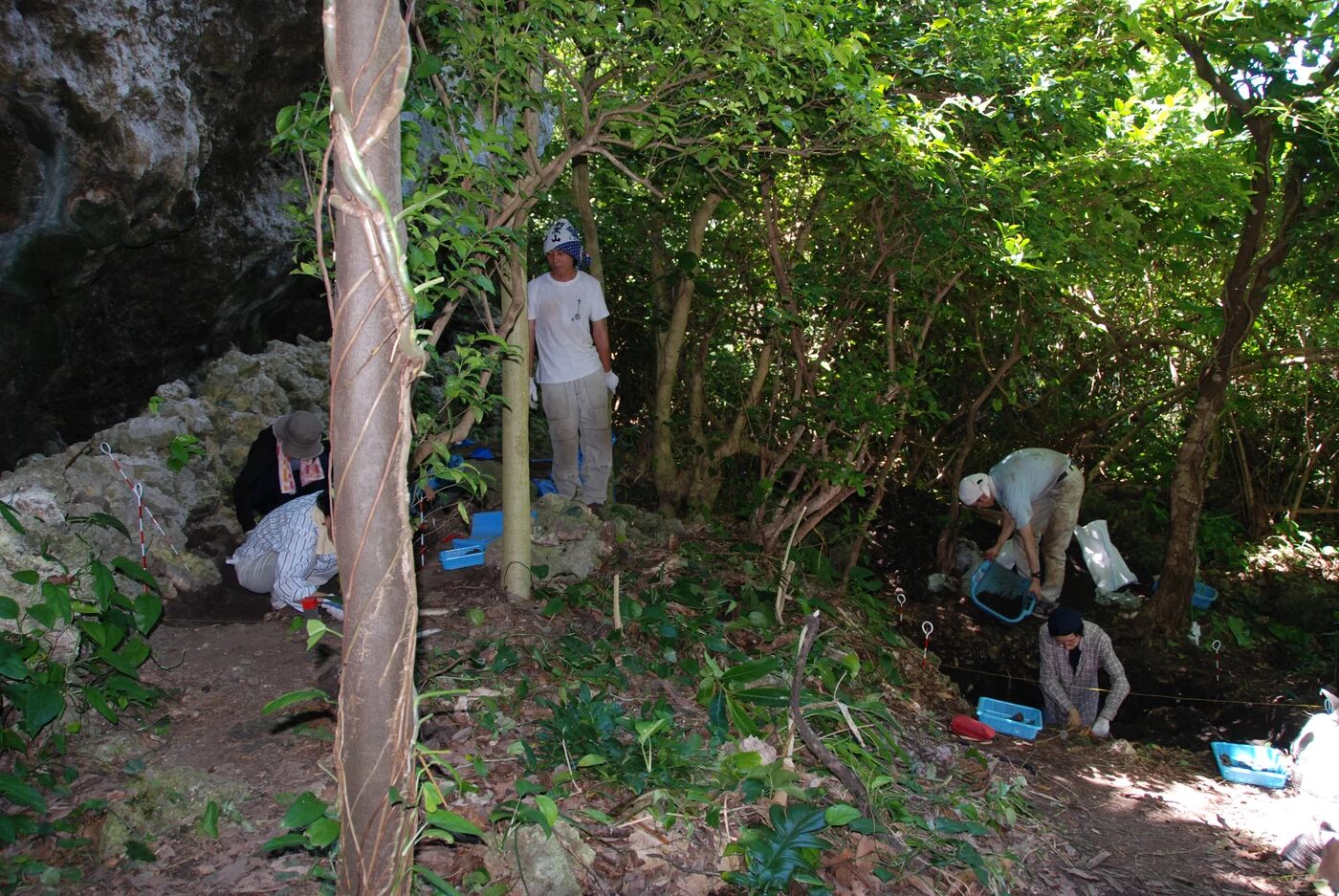
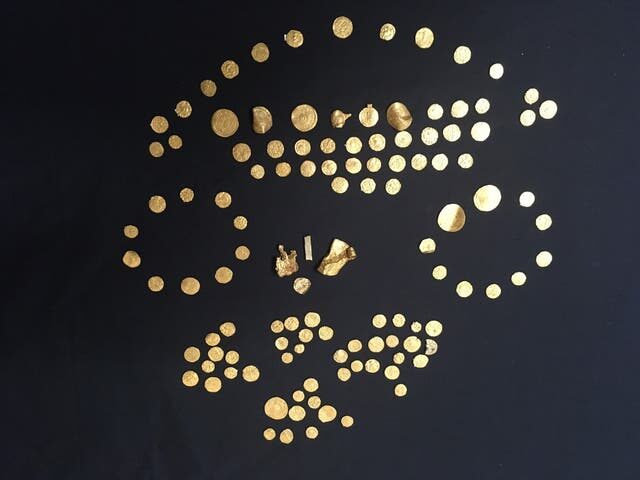

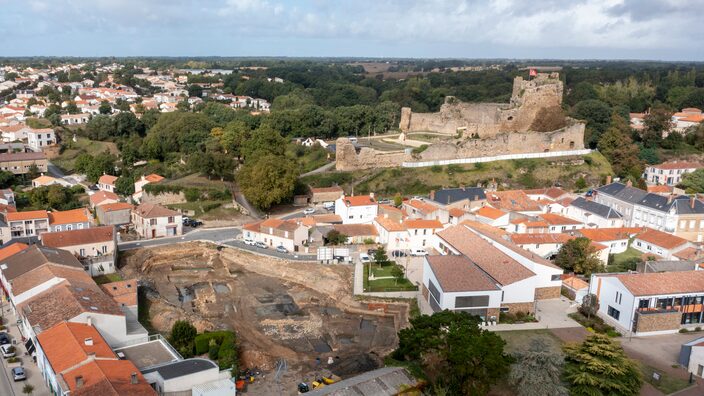
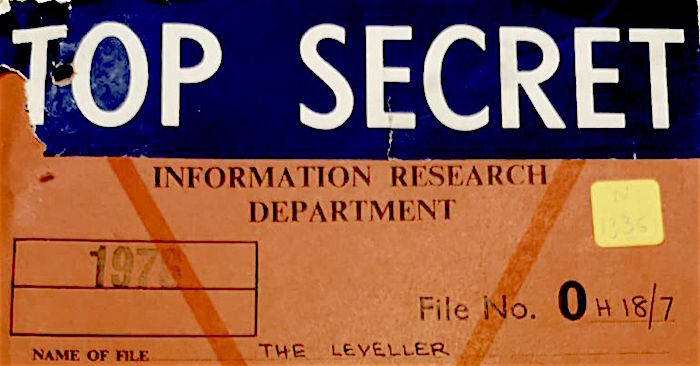

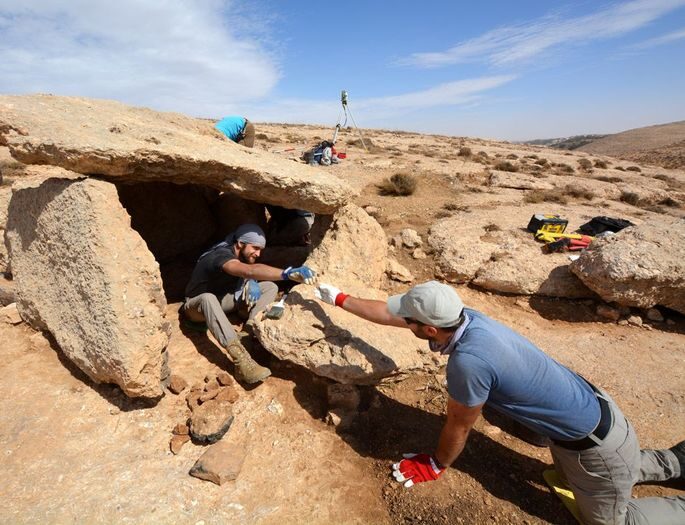



Comment: No doubt it isn't perfect; Stone's JFK was produced by Mossad agent Aaron Milchan:
Billionaire Hollywood producer behind Stone's 'JFK' movie, Aaron Milchan, was secret operative for Israel's illegal nukes program and Mossad arms dealer
See also: Who killed Kennedy: CIA, LBJ, or the Truly "Unspeakable"?